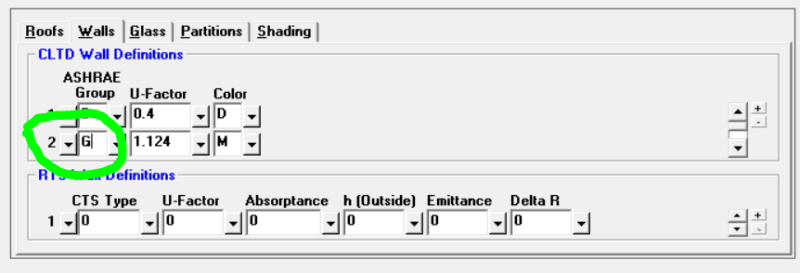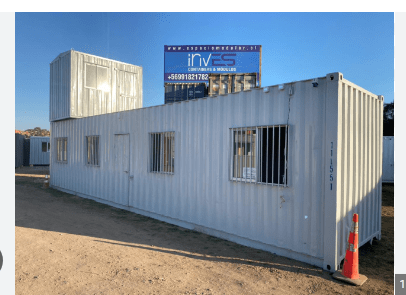jorge011991
Mechanical
- Mar 9, 2024
- 4
Good morning, I am trying to calculate the thermal load of a room where there is an exterior door (2mm thick) where the material is metallic, I would like to know what transmittance value I put and what ashrae group I put in the master data.
Best regards

Best regards


